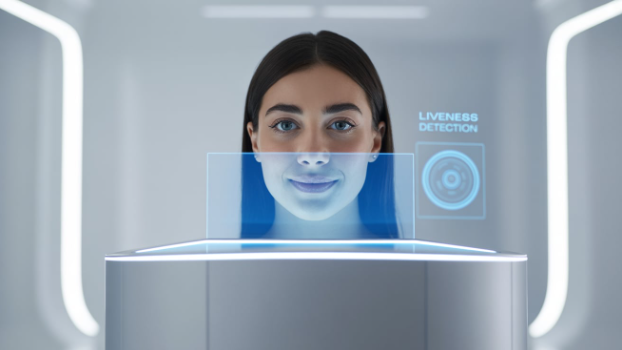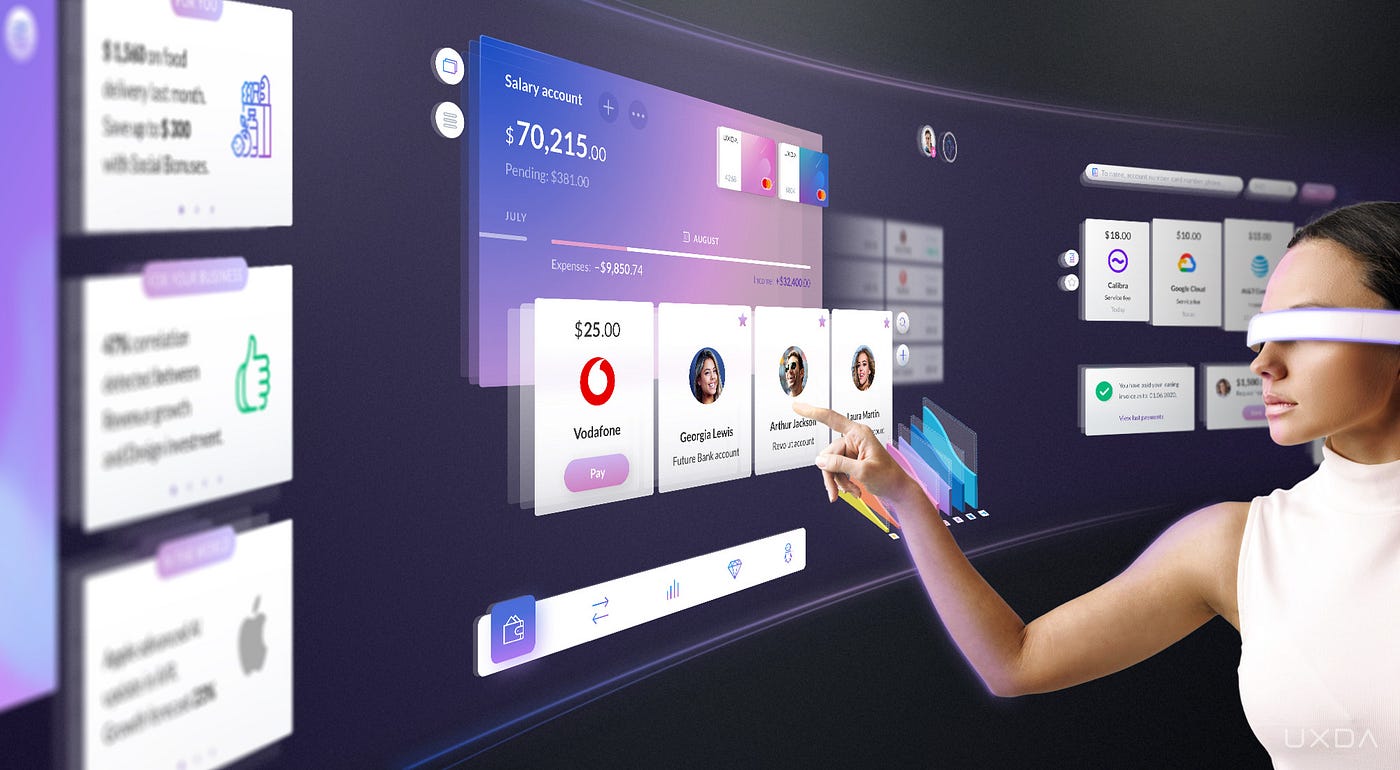AR (Augmented Reality) and VR (Virtual Reality) have surpassed the boundaries of science fiction and have rapidly become a part of our day-to-day lives. Significant strides in modern technology have brought them to the forefront. In the modern era, AR/VR in design -particularly UX product design, have become quite prominent. Thanks to tech giants like Facebook, Google, IBM, and Apple as they have jumped in the markets of AR/VR while revolutionizing the entire tech market.
AR/VR technology is not just for gamers. It is now being used for almost everything -right from UX product design to phone-based sales to automobiles.
Table of Contents
Role of AR/VR in Designing
The use of AR/VR in designing brings about a fundamental shift in the overall user experience. Apps that are integrated with this cutting-edge technology do not offer users any commands. The device will respond according to the environment of the users automatically while interpreting actions as well as gestures in real-time. This tends to open up a whole new world for users to effectively interact with inanimate objects.
As per a study report, it is estimated that the existing AR/VR market will be worth $108 billion by the end of 2023. It is more reason why UI/UX designers and app designers should consider incorporating the AR/VR technology in the UX product design.
Here are some in which you can embrace the UI/UX revolution accelerated by the AR/VR technology:
- Shifting from 2D to 3D Experience in Design
Before the advent of AR/VR, the world visualized design in 2D. However, the latest revolutionary technology has made the respective user interface free from the borders of a flat rectangular screen or surface. There is a major paradigm shift towards life-like, vivid 3D format or content that is committed to making even the most innovative 2D experiences appear outdated.
While 2D designs deliver a third-person experience, 3D designs are capable of delivering the first-person experience. It is quite similar to interacting face-to-face with the respective design objects and elements. Users are positioned at the forefront as they get to enjoy the immersive experience.
- First-hand Exposure
Before ensuring changes to UX for AR/VR while creating informed images, it is crucial to ensure first-hand exposure. As the domain is quite in the infant stage, there are no specific rules or guidelines. It is not possible to start the process of designing without receiving proper first-hand exposure.
There are some essential steps to encounter AR/VR:
- The first step is concerned with exposing to the AR/VR with respect to design and interacting with the respective design in real time. It helps in obtaining a sense of what the end users will get to experience while using the digital product or app.
- The second step involves being open-minded and attentive to the experience. Being receptive to a whole new experience serves to be the ultimate key for adoption. However, you should be alert to the feelings. When you are aware of the existing pitfalls, you can look forward to achieving major wins.
Role of AR/VR Revolution for Your Business
AR/VR continues blending the lines between the physical and digital world. They are providing users an all-new way of interacting with brands while changing the domain of commerce. These high-end technologies can be implemented to a wide range of industry verticals -including real estate, fashion, retail, travel, training & education, interior design, healthcare, gaming, and so more.
Whichever industry you might operate in, the approach of XR or Extended Reality towards design will help in reaching out to the end users sitting in the comfort of their homes -adjusting to the new normal since the advent of the global pandemic. Designers can assist AR developers come up with the best-ever experience for end users with the help of AR/VR in design.
Setting Up the Environment for AR/VR in Designing
Most designers out there are already aware of the design workflow or process as far as designing products or applications is concerned. However, the process for designing UX for AR/VR is still new to many. Therefore, it is crucial to set up the right environment for AR/VR 3D designing. Here are some factors to consider:
- Canvas Size: The size of the canvas should make ample sense. While designing an application or digital product, the canvas size is determined by the size of the screen of the particular device. The factor to be kept in mind is designing 10px for every one degree.
- Text Readability: As you set text in AR/VR, it will present new challenges with respect to design. When you fail to select the right font size and typeface, it will become difficult to read texts. Therefore, it is recommended to avoid using large text blogs to deliver impressive UX for AR/VR design.
- Brightness Changes: Immediate changes in the overall brightness is another major consideration. With the implementation of AR/VR, the eyes of the users will be quite close to the screen. Therefore, any instant transition from dark to a brighter screen will irritate the eyes. You should enable users to acclimatize to the respective changes.
- Think About Ergonomics: Most individuals might have text neck syndrome as they have the habit of staring down at the smartphone for too long. When the condition is not corrected, it could lead to major damages to the neck and spine of the users. The same concept stands true for AR/VR designs. While designing such apps or digital products, you should look into the overall comfort of varying range of motions.
Conclusion
As AR/VR technology is yet expected to boom, it is the right time to make a jump to the realm while preparing yourself for the future of the modern design industry. Designing an extended reality, augmented, virtual, and mixed reality is the all-new fascinating field. It brings forth a wide spectrum of innovative opportunities and we are only starting out. With rapid innovations from Google (AR Core) and Apple (AR Kit) coming across, the industry is expected to bring about rapid progress to mark entry into the mainstream.













bahis oranları
April 10, 2023nice article